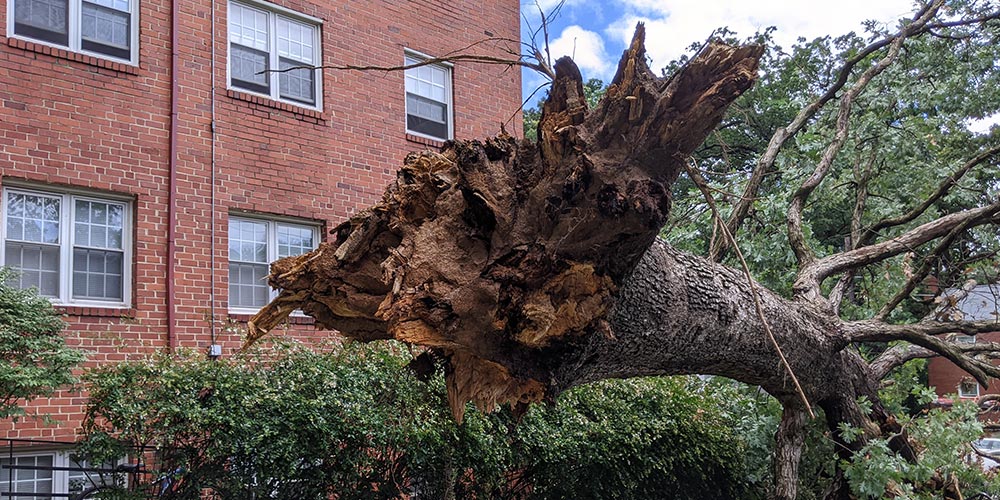
How Trees Get Sick
May 30, 2022
Trees can exist for a long time and they can live for thousands of years. Clearly, trees are not immortal and some are not even fully grown before they die.
If there is a tree you care about that is struggling to survive, you should be able to understand the issues from a biological angle. When trees get sick, their health and vigor decrease and there are a lot of possible causes for this. Some are linked to environmental factors that you cannot do anything about, like drought. Others are caused by human action or they can be improved by human intervention like when you hire tree services. They can thin a very dense tree stand.
Find out more about why trees get sick.
Tree Disease Causes
There are abiotic and biotic inducers. The biotic diseases are more grouped together based on the type of pathogen (fungi, bacteria, phytoplasmas, viruses, nematodes, and more).
You should take note that pathogens and parasites are the most common. However, not all pathogens are parasites and vice versa. Therefore, some parasites do not cause any harm to plants and provoke disease. Contrary to this, parasites can benefit you. In addition, some of the earth-dwelling bacteria are not parasitic on plants but they produce harmful toxins that can trigger tree root diseases.
Symptoms of a Sick Tree
- Dead wood – Dead wood looks dry, lifeless, and easily breaks. Due to its brittleness, and you cannot bend it in the wind such as a health branch, it will most likely break. Therefore, dead branches that are also referred to as widow makers, should be immediately removed because they are dangerous.
- Weak union branches – The weak branch unions are parts where the branches are not securely attached and fall off from the tree. This occurs when two branches grow together very closely and there is a bark that grows between them. The bark does not have the same strength as the wood. Therefore, the union of branches becomes weak.
- Cracks and cankers – The cracks are the deep bark splits you see, and they normally indicate a falling tree. Cankers are the holes where there is a missing bark. They increase the possibility of a breaking stem close to the canker.
- Decay – Normally, trees decay from the inside out, so it can be initially tough. Fungi, such as mushrooms, are indicators of this, and softwood.
- Failing tree architecture – A poor tree architecture is an indication that there is an uneven growth pattern, that is indicated by the tree leaning in a certain direction. This is normally caused by many years of tree and storm damage or improper pruning.
Causes of Stress in Trees
- Overcrowding, drought, and stem or root damage are the most common culprits of stress in trees.
- Stem damage is inviting to infection because they create entry points for different pathogens.
- Root damage will create entry points for pathogens and the tree’s ability to collect water will be reduced. This puts the tree under stress, which makes it more prone to infection.
Saving the Diseased Tree
Like any disease, avoiding is preferred over treating it. The healthy trees are more resistant to disease. Try these to keep your tree healthy:
- Do not put weed fertilizer close to the tree or on the grass close to the tree’s roots
- Leave some space around the trunk to give it room to breathe when there is mulch around it
- Proper practices of tree pruning are important because a wrong cut can leave the tree prone to disease
Contact tree removal companies Chevy Chase for professional services and prevent disease.
